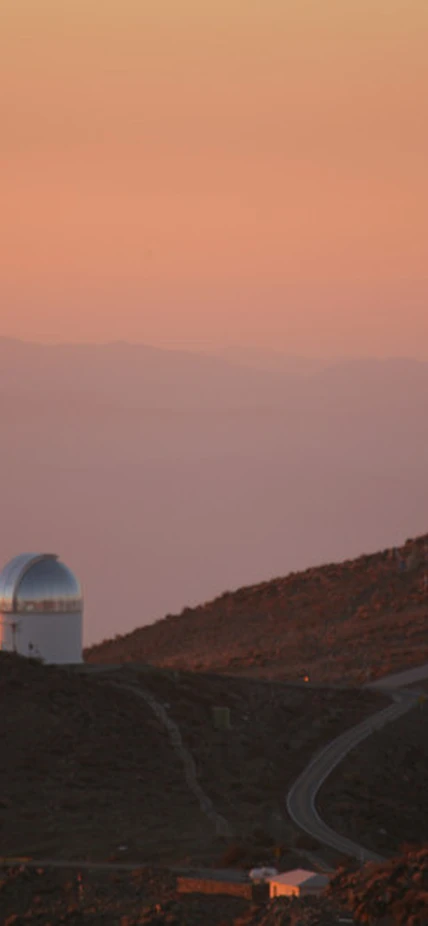Dear Friends,
I hope 2019 finds you well.
This year we are celebrating the 50-year anniversary of our Las Campanas Observatory, which we often refer to here as simply LCO. Located at the southern edge of the Atacama Desert, LCO serves as the primary research facility for most of our astronomers. LCO has all the characteristics required for a first-rate observatory. The Atacama’s dry conditions mean the skies are usually clear. The weather is good enough to allow for observing on nearly 90 percent of nights throughout the year. The atmosphere above LCO is also extremely stable, allowing for excellent image quality. In fact, statistics collected over the last few decades suggest LCO has better "seeing" (as astronomers refer to it) than any other professional observatory in the world. Our facility is remote, which means "light pollution" is not a major concern (see the previous Newsletter for more on how we are trying to protect LCO from potential sources of light pollution). Finally, LCO gives us direct access to the southern sky. Southern access is important because the center of our own Milky Way is in the south, as are the Milky Way's two companion galaxies the Large and Small Magellanic Clouds. These two galaxies are particularly important for astronomy, because they allow us to study types of stars that are not present in our own Galaxy.
Over its 50-year history, LCO has been the site of many important astronomical discoveries. One of the most-exciting fields in astronomy today is so-called "transient" astronomy. A transient event is one that lasts from mere seconds to perhaps weeks or months at most. LCO played a central role in the two most important transient events of the last century. On February 24, 1987, Ian Shelton and Oscar Duhalde discovered Supernova 1987A—the nearest-to-Earth supernova observed since 1604. This event allowed modern astronomers to study the death of a massive star in detail for the first time. The second important transient event was the first optical counterpart found to a gravitational wave event. This occurred less than two years ago on August 17, 2017. Many of you are familiar with this one, as it provided one of the most exciting discoveries in all of astronomy in the last century. We are quite proud that our facilities and astronomers led this groundbreaking work.
Although the two transient events are perhaps the most dramatic discoveries made at LCO, our telescopes have allowed important work in many other areas from our own Solar System to the most-distant known quasars and galaxies. You can learn more about how our astronomers are using our facilities in Chile in the science highlights throughout this newsletter.
Today, there are four major telescopes at LCO that serve as the primary research tool for our astronomers. As many of you know, LCO will also be the home of the next generation Giant Magellan Telescope, or GMT for short. When GMT comes online in about five years, it will be the biggest telescope in the world. A telescope of this size will allow us to see the birth of galaxies, study the atmospheres of planets around stars to look for signatures of life, and further explore the nature of dark matter and dark energy. We are all eagerly waiting for the chance to use this amazing instrument to help explore the universe in ways that have previously not been possible.
Dr. John Mulchaey
Crawford H. Greenewalt Chair and Director
Carnegie Observatories
